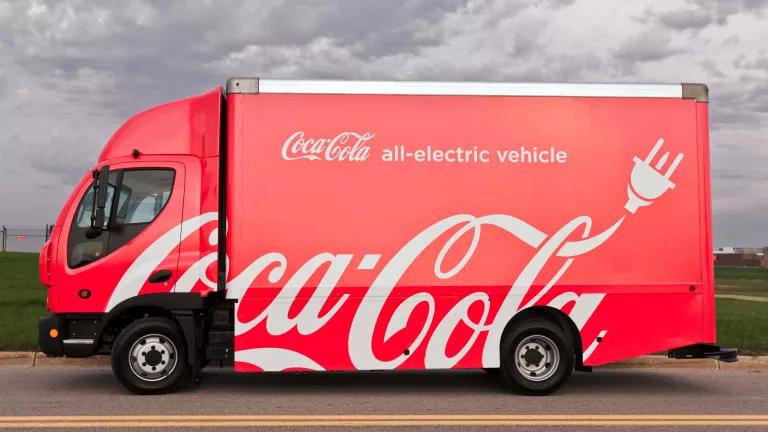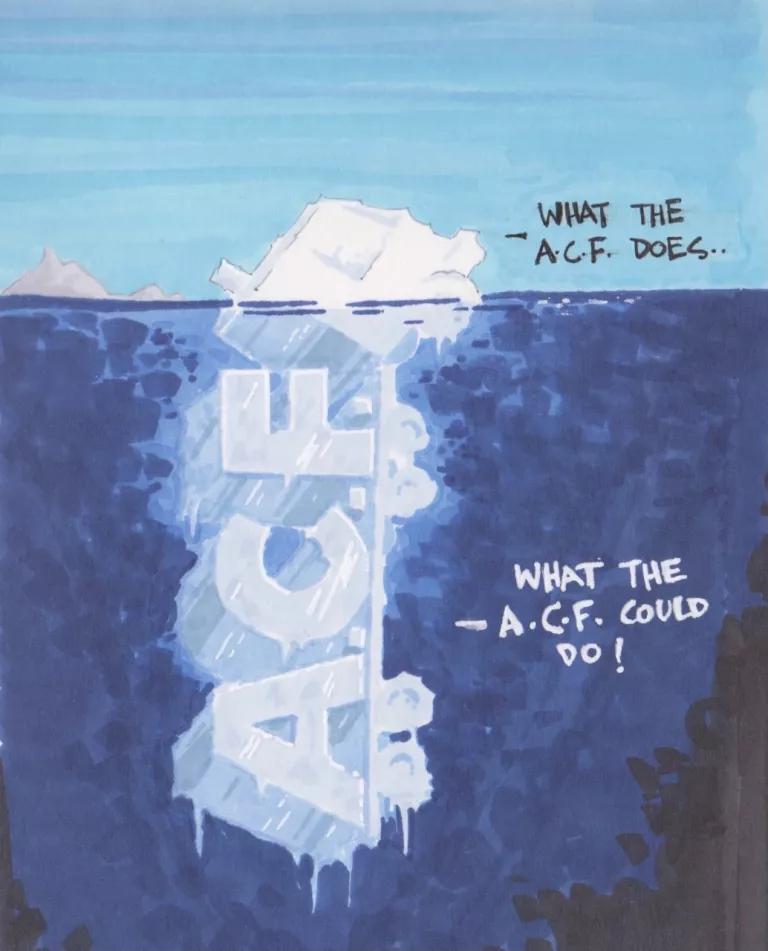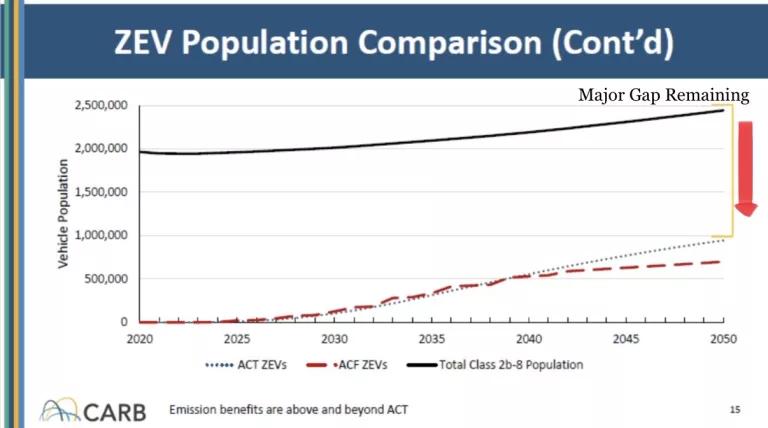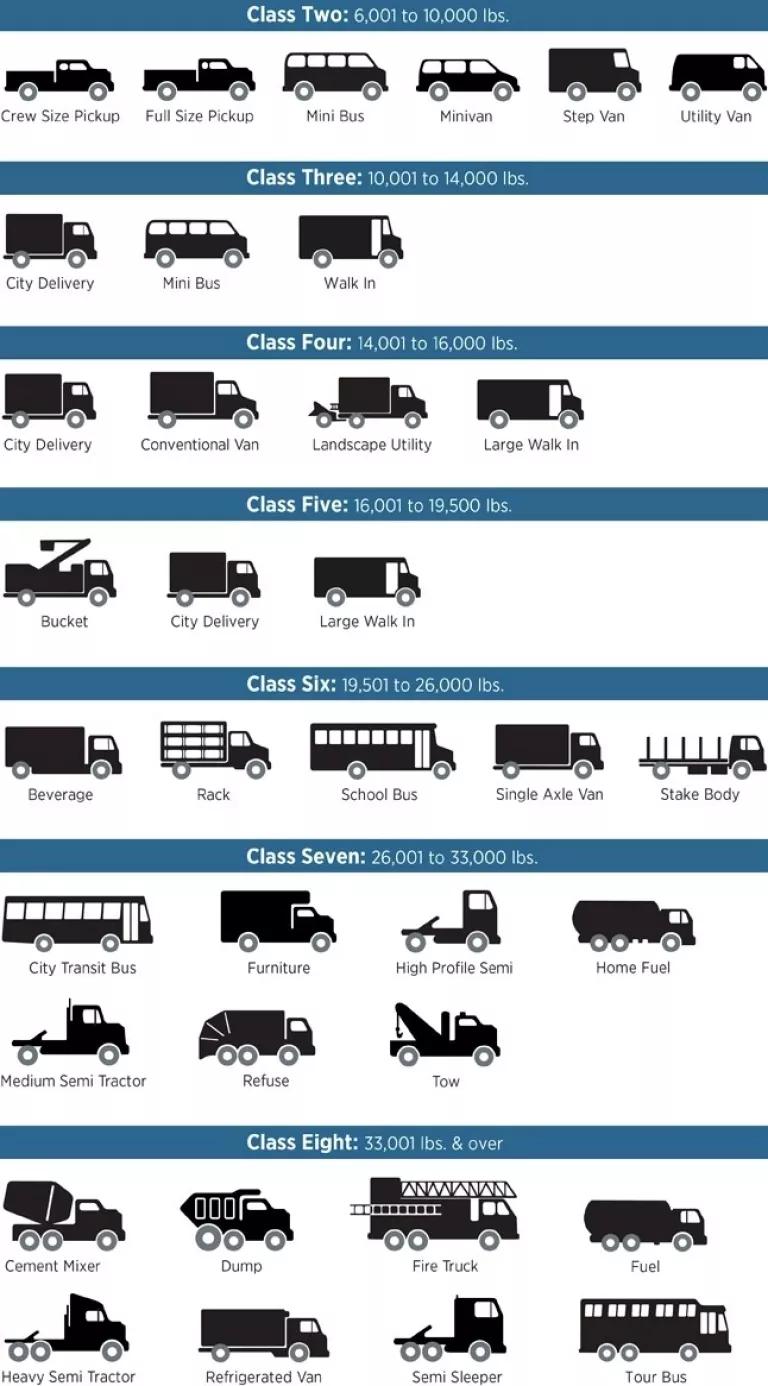Proposed Advanced Clean Fleets Rule Can Transform California
The Advance Clean Fleets Rule proposal is a serious step towards electrifying trucks that will transform California's ports, highways, and communities. Yet, the proposal can achieve far more.

The Advance Clean Fleets (ACF) rule promises to be an essential step to eliminating fossil fuel truck pollution. The rule is the linchpin to achieving Governor Newsom’s Executive Order, California's Mobile Source Strategy, and federal air quality standards. Unfortunately, the California Air Resources Board’s (CARB) proposed ACF rule does not go far enough and would only result in a fraction of the trucks being zero emission by 2045.

Zero-emission trucks are a step to improving public health for many Californians. Getting the ACF rule right is critical, as the air pollution crisis continues to disproportionately plague low-income communities and communities of color. How zero-emission trucks are deployed must prioritize providing relief to people suffering the most from air pollution. Those most at risk from fossil fuel truck pollution include the truck drivers and communities near ports, commercial areas, and in high traffic corridors.
By improving the ACF rule and adopting a 100% zero-emission truck sales mandate by 2035, CARB can help address the pollution legacies from the freight industry. Communities of color in California often live adjacent to the crowded infrastructure of the goods movement industry. And remember, even if you think the ACF rule won’t affect you, package delivery trucks unload in front of your home.
Ensuring that dirty trucks are replaced sooner can happen faster than CARB proposes. But do not just take our word for it—this chart from CARB shows the yawning gap between what is covered and what is needed.

Quick Detour: What is a ‘commercial truck’? What is a truck fleet?
Before going further, let’s clarify what we mean by commercial trucks and fleets covered by the ACF rule. Commercial trucks range from Class 2b (heavy-duty pickup truck) to Class 8 (18-wheeler) vehicles The draft ACF rule would apply to businesses that own or control 50 or more commercial trucks or have $50 million in annual revenue.

How to Make This Happen
The proposal fails to account for the law governing a truck’s ‘useful life.’ By law, trucks can operate on the road for at least 800,000 miles or for 18 years. The state cannot retire commercial vehicles before their ‘useful life, limiting what CARB can require. Therefore, CARB must adjust the ACF proposal so that the trucking industry moves toward zero-emission vehicles sooner.
At its core, the structure of the ACF rule needs strengthening. CARB should set clear deadlines for when all new truck purchases must be zero-emissions. These deadlines should accommodate for the ‘useful life’ limitations and work backwards from the state’s zero-emission targets, which are currently in 2035 and 2045 depending on the type of truck:

Orden ejecutiva del gobernador: Objetivo de flotas de 100% cero emisiones Vehículo mediano/pesado (donde sea posible)
Working backwards from the Governor’s targets we can see when all new purchase for specific truck types must be zero-emissions:

Delaying the timeline, means missing the target. To improve the rule, CARB needs to do the following:
- Ensure 100% ZEV purchase requirement for all trucks no later than 2027.
- Expand the number of truck fleets covered by the ACF rule.
- Transition all drayage trucks to zero emission by 2035.
- Mitigate labor violations by making the controlling owners responsible for rule compliance.
- Require a ZEV transition plan from fleets that involves planning for charging infrastructure.

Artist: Andrew Schubert, Instagram
One rule can’t do it all. To support a stronger ACF rule, CARB also needs to build off last year’s successful Advanced Clean Trucks (ACT) rule by requiring all new truck sales to be zero-emissions by 2035. This would align with CARB’s own strategy document, the Mobile Source Strategy. Not only are 100% zero-emission truck sales by 2035 entirely feasible, but it would also provide certainty and clarity to truck makers, utilities, and other stake holders, such as ports.
There’s still time to create a better ACF rule and, in turn, a better California. The technology and infrastructure are moving forward; clean air shouldn’t wait when we can have it sooner.



